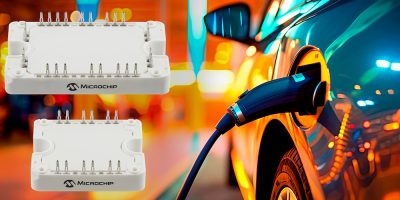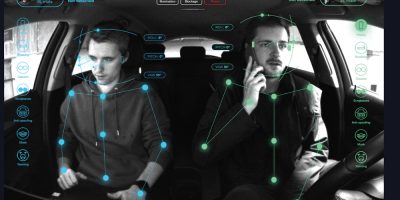The E-Mobility, sustainability and data centre markets require products that are conducive to high-volume manufacturing. To better automate the installation process, Press-Fit terminals are often used because they offer a solder-free solution to mount power modules to the PCB. Microchip Technology has announced its expansive portfolio of SP1F and SP3F power modules are now available with Press-Fit terminals for high-volume applications.
Solder-free Press-Fit power module terminals allow for automated or robotic installation, which simplifies and speeds up the assembly process to reduce manufacturing costs. The high accuracy of the terminal locations and the novel Press-Fit pin design in the SP1F and SP3F power modules enables high-reliability contact with the printed circuit card. Overall, a Press-Fit power module solution can save valuable time and production costs.
There are over 200 variants available in Microchip’s SP1F and SP3F power modules portfolio, with options to use mSiC technology or Si semiconductors and an array of topologies and ratings. The SP1F and SP3F are offered in voltage range of 600V-1700V and up to 280A.
With Press-Fit technology, the power module pins are not soldered to the PCB. Instead, the electrical connection is made by pressing the pins into properly sized PCB holes. A key advantage of a Press-Fit power module solution is it eliminates the need for wave soldering. This is especially important when the PCB is made to also include Surface-Mount Technology (SMT) components.
“Our power modules with Press-Fit terminals offer customers the flexibility to fully customise their design and are cost-effective power solutions for high-volume production,” said Leon Gross, vice president of Microchip’s discrete products group. “This type of plug-and-play power solution also provides a highly reliable mounting solution for automated or robotic assembly.”
The highly configurable SP1F and SP3F power modules are fully compliant with the Restriction of Hazardous Substances Directive (RoHS).







